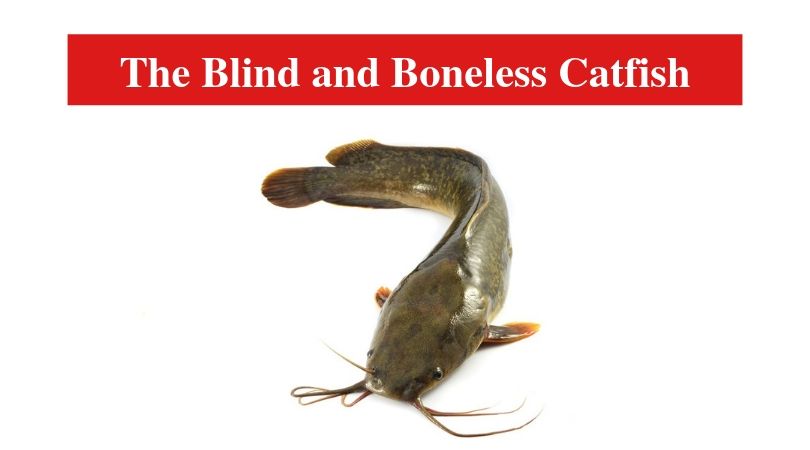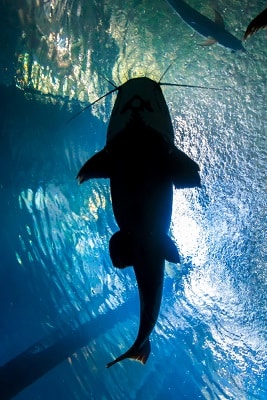
Studying the catfish species has revealed the existence of so many unique fish in our rivers and seas. Considering the large number of catfish species in the wild, it is not surprising to find out that there is a particular catfish that is blind and boneless.
The Blind and Boneless Catfish
Classification
These catfish species are commonly called the blindcats; they are, however, formally referred to as the Prietella phreatophila. We also know about the Trogloglanis pattersoni, also called the toothless blindcats and the Satan eurystomus otherwise known as the wide mouth blindcat.
The blindcats have been labelled as one of the endangered fish species in the wild. These unique catfish species have not been able to properly cope with many changes in their habitat and weather conditions. Currently, there are efforts to ensure the blindcats are preserved and protected from going extinct. After all, these unique species can reveal more about the catfish in many ways yet to be discovered.
How do we know it is a catfish?
It is very easy to identify any of the catfish species, any fish in the wild aquatic habitat that has no scales on its skin and barbels is probably one of the many catfish species. In this case, even though the blind and boneless catfish is very small, the barbels are clearly visible with the naked eyes.
Where are the blindcats found?
The blindcats have been majorly spotted and caught in Mexico. In fact, some literature refers to this catfish species as the Mexican blindcats. The teams mandated to protect the blindcats are located in Mexico, they have taken measures to find ways to stimulate the blind cats to reproduce and multiply. However, there are some challenges that have hindered the achievement of this goal.
The blindcats can also be found in Texas; it is not quite clear how they exist in two places that are so far apart, which leaves more study areas for researchers.
In the wild, the blindcats can be found in caves and dark crevices in the water depths. In these parts of the river or lake, the blindcats rely on camouflage and their small size to remain unseen by predators. However, the blindcats usually fall prey to bigger fish living in the same river.
Features of the blindcats
The first thing you will notice about this catfish species is the absence of eyes. They grow to a length of only three inches as adults, and the color of their skin is usually pale pink. The skin on blindcats is translucent; this is one of the features that account for their color because the reddish colored blood can be seen through the skin.
Generally, the blindcats have a flat head and a wide mouth considering their small size, this is an indication that they feed by suction, drawing in the food. Blindcats eat algae and microorganisms in their natural habitat.
It is not yet known if these catfish species can survive in the aquariums or fish tanks as tests are still on-going to know more about the species and how to stop the blindcats from going extinct.
Related:
